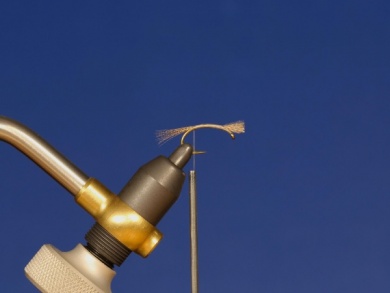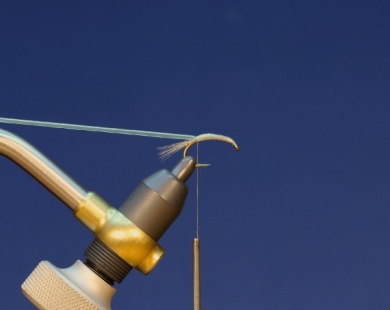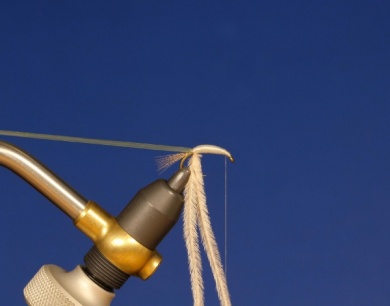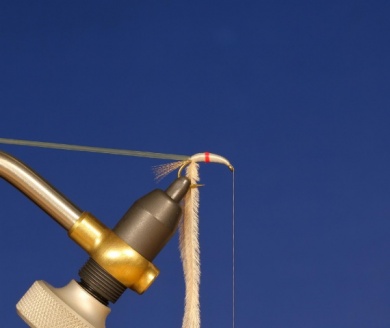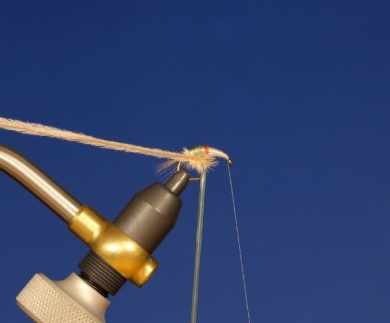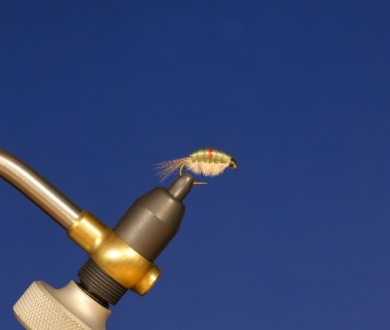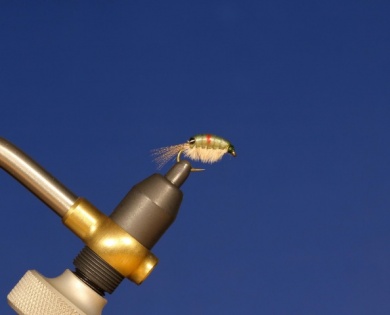Scuds are crustaceans and are very important for fly fishermen because they can be found in many areas, not only in lakes. They are constantly active in hours of dim light or cloudy days, they represent an important source of calories for trout, which can get really big in places where scuds are fou View more...Scuds are crustaceans and are very important for fly fishermen because they can be found in many areas, not only in lakes. They are constantly active in hours of dim light or cloudy days, they represent an important source of calories for trout, which can get really big in places where scuds are found. Many of them present a bright orange spot on their bodies, those are not the eggs as it commonly thought, but a parasite that lives inside their bodies. This spot makes them more visible before trout, which is why we should add this orange detail in our imitations.
Scuds can swim in almost every position: with the back on top or below, sideways, going forward or backwards. It is common to see them swimming sideways in quick moves followed by pauses in their movement.
Today’s fly is very similar to the ones tied by Liquid Filled Fly, a long gone company that tied several models with pvc tubes filled with oil to resemble the body of insects. Filling and tying those tubes was not handy, and although the segments were very attractive there seems to be no difference when fishing these Larva Laces with no fillings.
Move the mouse over the image to zoom in the fly.
Touch the image to zoom in the fly.

List of materials
Hook: Daiichi 1120 or similar, sizes 10 to 18.
Thread: 8/0, 70 denier white thread with no waxing or braiding, and a fluorescent orange thread.
Body: Microtube, hollow, by Larva Lace or a similar PVC one. Color to match the naturals.
Antennae: mallard duck fibers, or wood duck.
Legs: ostrich fibers.
Steps
Step 1
Use the 8/0 white thread, tie a bundle of mallard duck.
Step 2
Trim diagonally the tip of the tube and tie it.
Step 3
Hold 2 ostrich fibers, as long as possible. Change to the flat thread and fill the body.
Step 4
Use orange thread to mark the middle of the body.
Step 5
Wrap the pvc tube towards the front, followed by a turn with ostrich wrapping the tube from right to left. When the ostrich points to the back, make a new turn of pvc. Then an ostrich turn. Until you reach the head where we tie and then trim.
Step 6
Carefully place the ostrich fibers in the middle of the fly, not at the sides.
Step 7
Use a marker to paint the black eye and apply lacquer in the head to finish.

